Tucked between the rugged Apennine mountains and the sparkling Adriatic Sea lies Abruzzo, Italy’s best-kept secret that I discovered on my recent travels. This hidden gem stretches from the heart of central Italy to the coast, boasting three National Parks and protected areas that showcase nature at its wildest.
Abruzzo’s true beauty emerges in the contrast between its raw, untamed mountain peaks and its gentle coastline, creating a landscape that feels both challenging and peaceful at once.
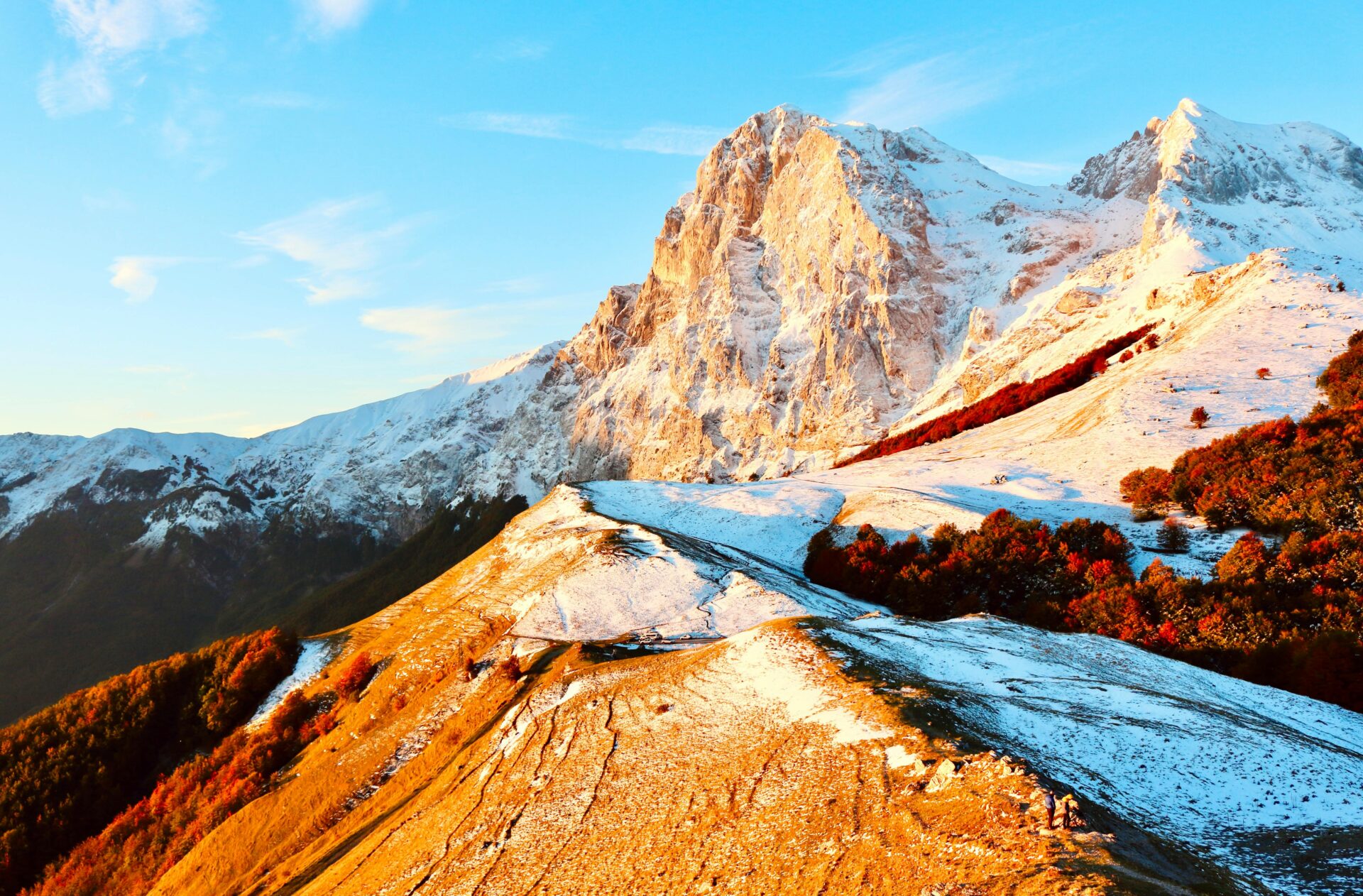
Walking through Abruzzo feels like stepping into two worlds. In the mountain towns like Sulmona, I found myself surrounded by historic buildings with the dramatic backdrop of snow-capped peaks. Just a short drive away, the coastal town of Vasto offered sunny beaches and fresh seafood. The region packs mountains, hills, and seaside all in one small area, making it possible to hike in the morning and swim in the afternoon.
What makes Abruzzo special isn’t just its natural beauty but how untouched it feels compared to Italy’s more famous regions. The villages have a warmth and authenticity that’s hard to find elsewhere. I’ve traveled throughout Italy, but there’s a different energy here – something wild and honest in the rugged mountains and the scent of salt air from the Adriatic that keeps pulling me back.

Exploring Abruzzo: A Land of Contrasts
Abruzzo captivates visitors with its dramatic landscapes and rich cultural heritage. This hidden gem of Italy offers a unique blend of mountain wilderness and coastal beauty that few regions can match.
Between the Apennines and the Adriatic
The natural geography of Abruzzo takes my breath away every time I visit. The majestic Apennine mountains form a dramatic backbone through the region, where bears, wolves, and golden eagles roam freely in protected wilderness. These mountains rise impressively, creating a stunning contrast with the crystal-clear waters of the Adriatic Sea just a short distance away.
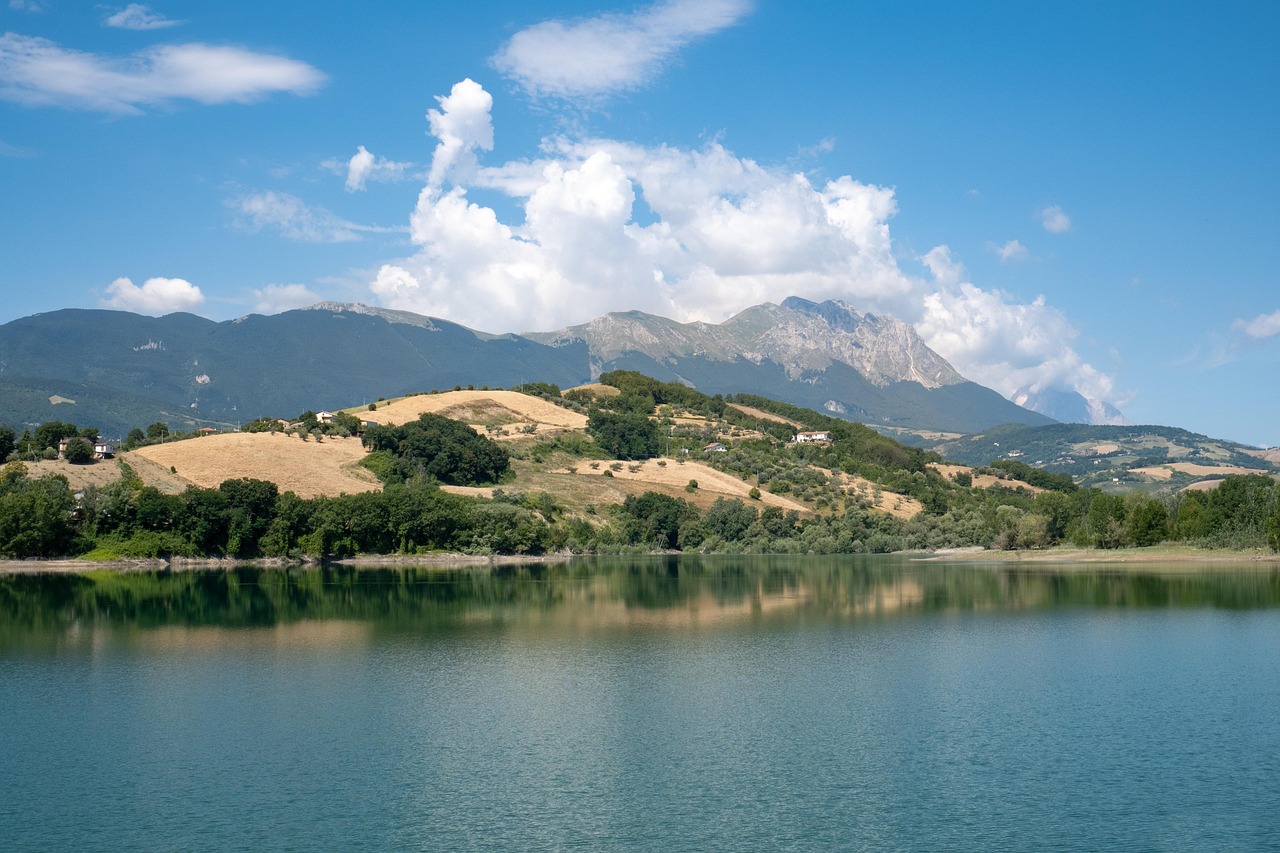
I’ve hiked through verdant forests and alpine meadows in the morning, then relaxed on sandy beaches by afternoon – an experience unique to this special region. This proximity of mountains to sea creates diverse microclimates that support an impressive variety of wildlife and plant species.
The region boasts three national parks and numerous nature reserves, making it one of Italy’s greenest areas. During winter, the mountains offer excellent skiing, while summer brings perfect conditions for hiking and mountain biking.
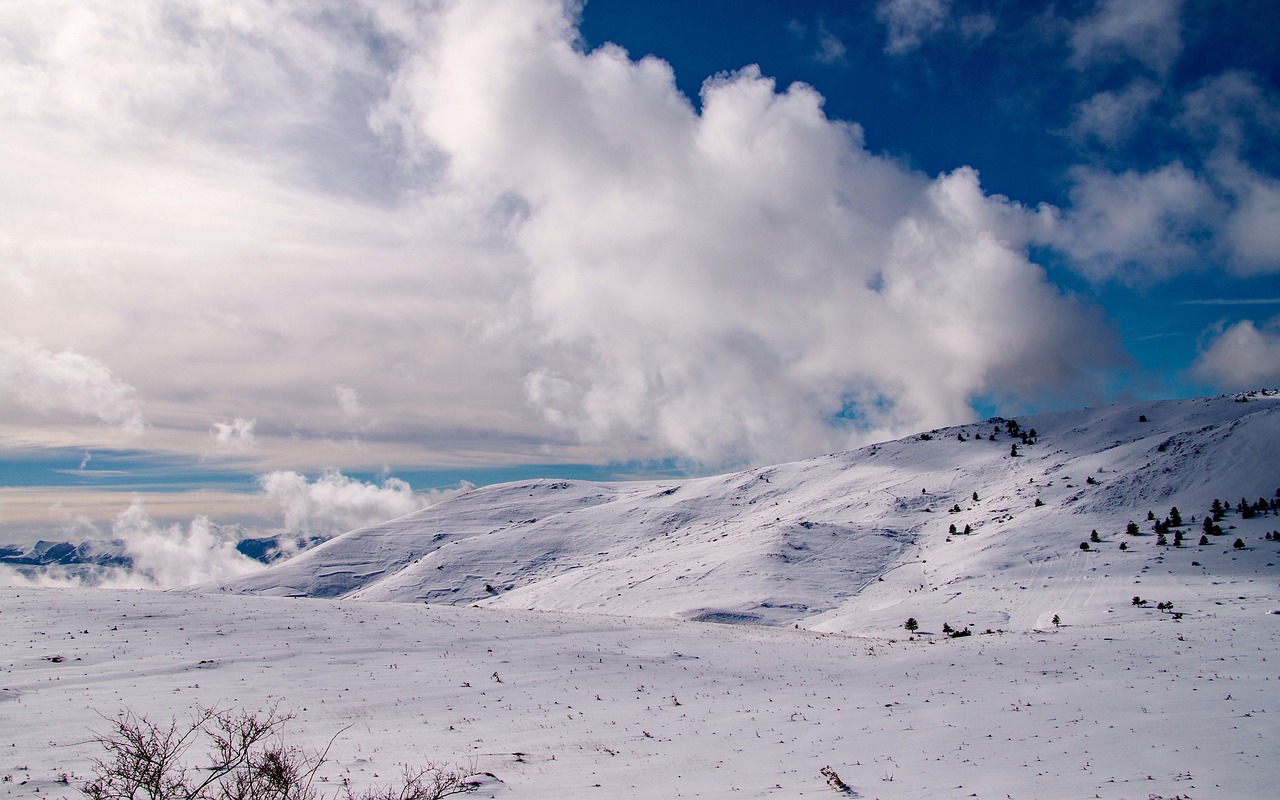
The Charm of Central Italy’s Undiscovered Gem
Unlike its famous neighbors Tuscany and Umbria, Abruzzo remains wonderfully authentic and uncrowded. The region is dotted with 24 of Italy’s best-preserved medieval and Renaissance hilltop villages, each with its own distinct character and charm.
Walking through these ancient settlements, I’m transported back in time by narrow cobblestone streets and historic architecture untouched by mass tourism. Local trattorias serve traditional dishes made from recipes passed down through generations.
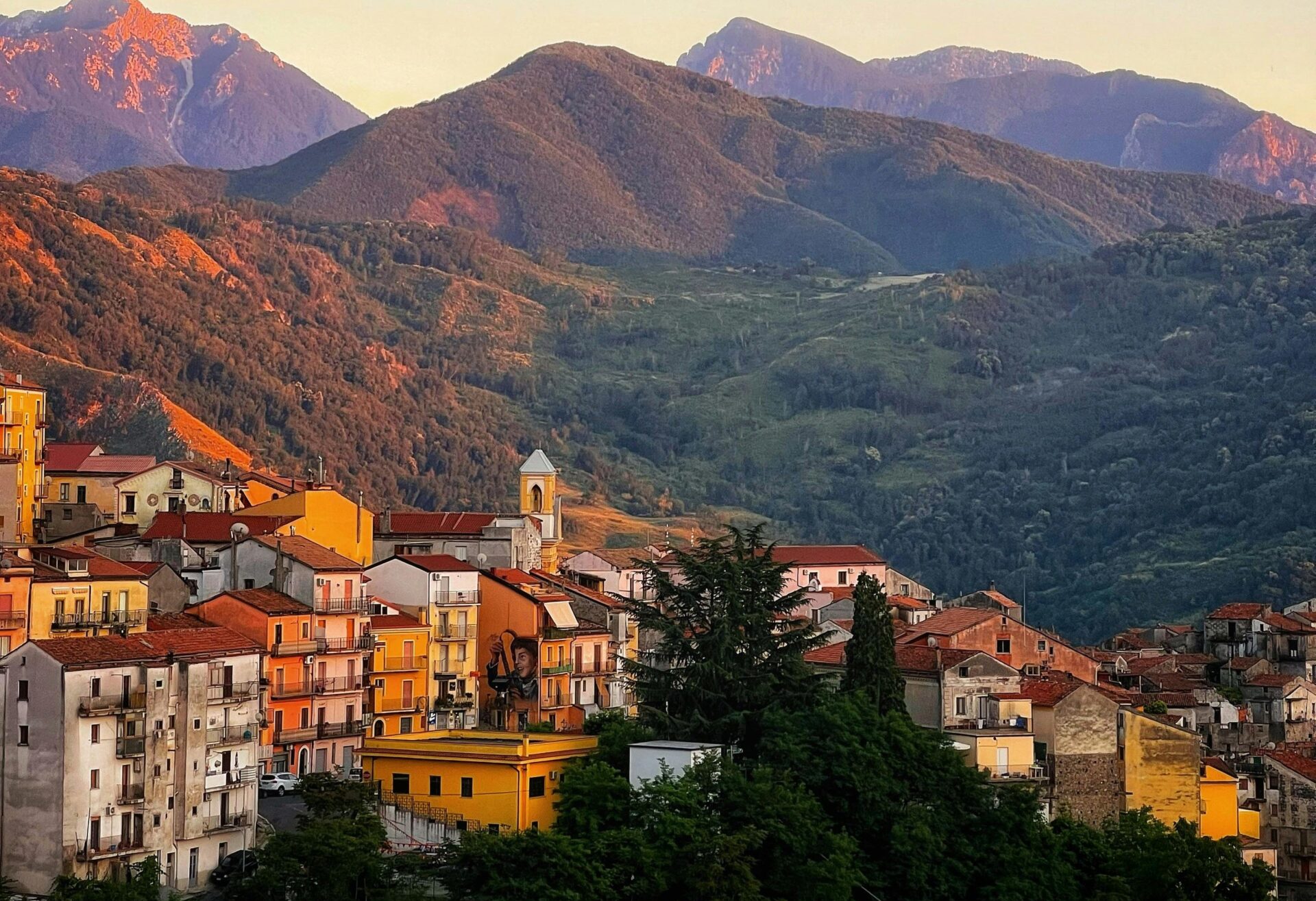
What strikes me most about Abruzzo is how it maintains its cultural identity. Festivals celebrating centuries-old traditions occur throughout the year, offering glimpses into authentic Italian life rarely experienced elsewhere.
The people of Abruzzo welcome visitors with genuine warmth and pride in sharing their heritage. I’ve found that even a basic attempt at Italian opens doors to meaningful connections with locals eager to share their favorite hidden spots.
The Natural Splendor of Abruzzo’s Parks and Reserves
Abruzzo’s commitment to conservation shines through its three national parks and numerous protected areas. From towering mountains to pristine coastlines, the region offers some of Italy’s most diverse ecosystems and remarkable wildlife.
Gran Sasso National Park: A Majestic Mountain Haven
I first visited Gran Sasso National Park on a crisp spring morning, and the sight of Italy’s tallest Apennine peak took my breath away. This park spans over 150,000 hectares of rugged mountains, alpine meadows, and dense forests.
The majestic Gran Sasso massif dominates the landscape, reaching heights of nearly 3,000 meters. During my hike, I spotted golden eagles soaring above the ridges—a thrilling reminder of the park’s rich biodiversity.

What amazes me most about this park is the diversity of wildlife. The area protects rare species like Apennine wolves, wild cats, chamois, and golden eagles.
The park’s ancient paths wind through medieval villages where traditional shepherding practices continue today. I recommend visiting Campo Imperatore, often called “Little Tibet,” for its stunning high-altitude plateau views.
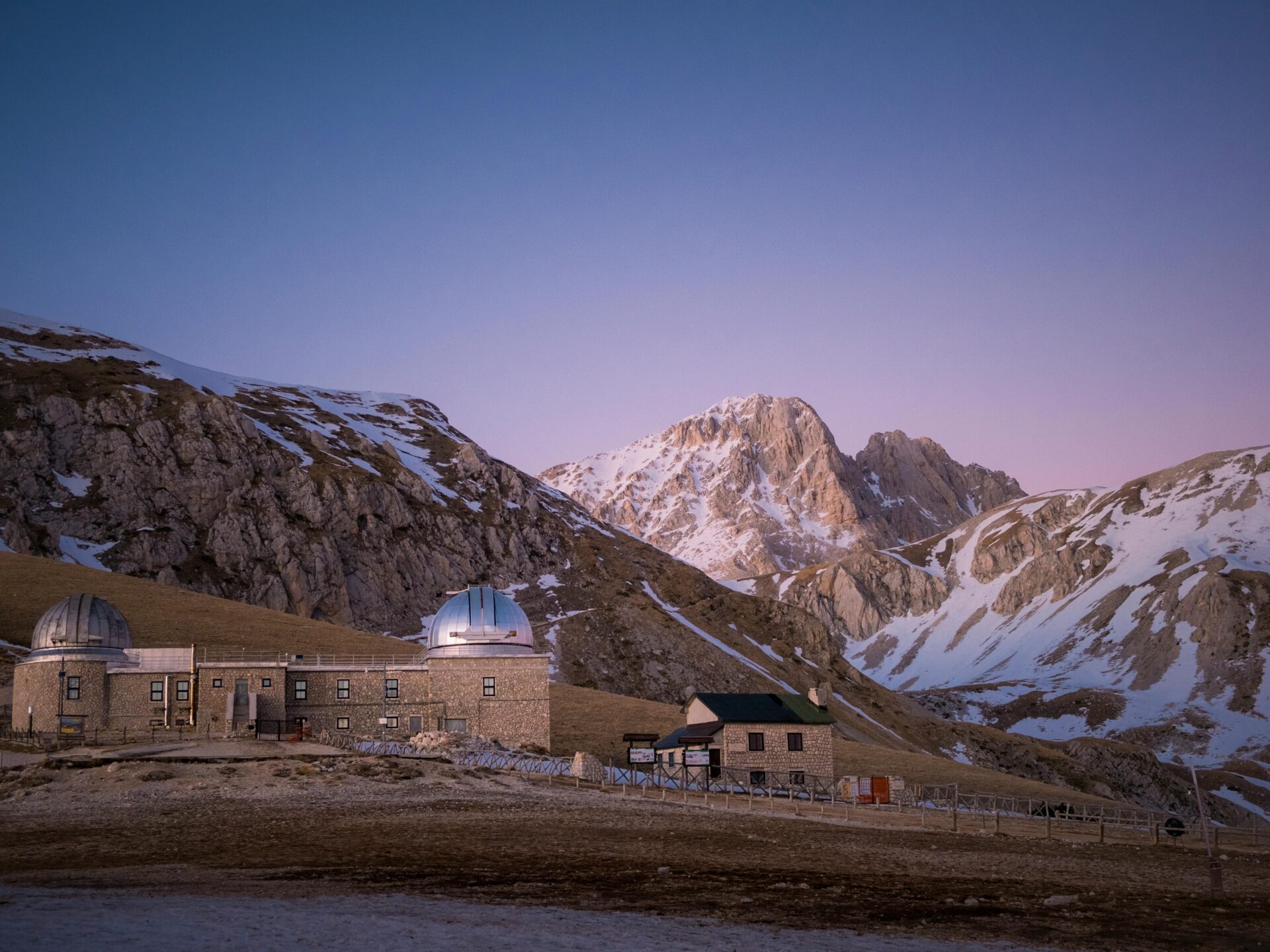
Majella National Park: The Heart of the Wild
Majella National Park feels like stepping into wilderness untamed. This park’s heart is the massive Majella mountain, a place locals refer to as the “Mother Mountain” due to its imposing presence.
The park protects over 2,100 plant species—nearly a third of all Italian flora. During my trek through its valleys, I encountered wild orchids and rare herbs used in traditional Abruzzese cooking.

The wildlife here is equally impressive. Majella provides sanctuary for the endangered Marsican brown bear, with about 50 of these rare creatures calling the park home. I’ve spent hours in observation points hoping for a glimpse of these elusive animals.
The park’s extensive cave systems, shaped by water over millennia, create an underground wonderland. Ancient hermitages built into mountain walls speak to the area’s spiritual significance throughout history.
The Coastline and Nature Reserves: A Seaside Escape
Just an hour’s drive from snow-capped mountains, I found myself on Abruzzo’s stunning coastline. The dramatic transition from peaks to beaches makes this region truly special.
The Protected Marine Area of Torre del Cerrano preserves seven kilometers of Adriatic coastline. I spent a morning snorkeling here, discovering the rich underwater ecosystems with colorful fish darting through seagrass meadows.
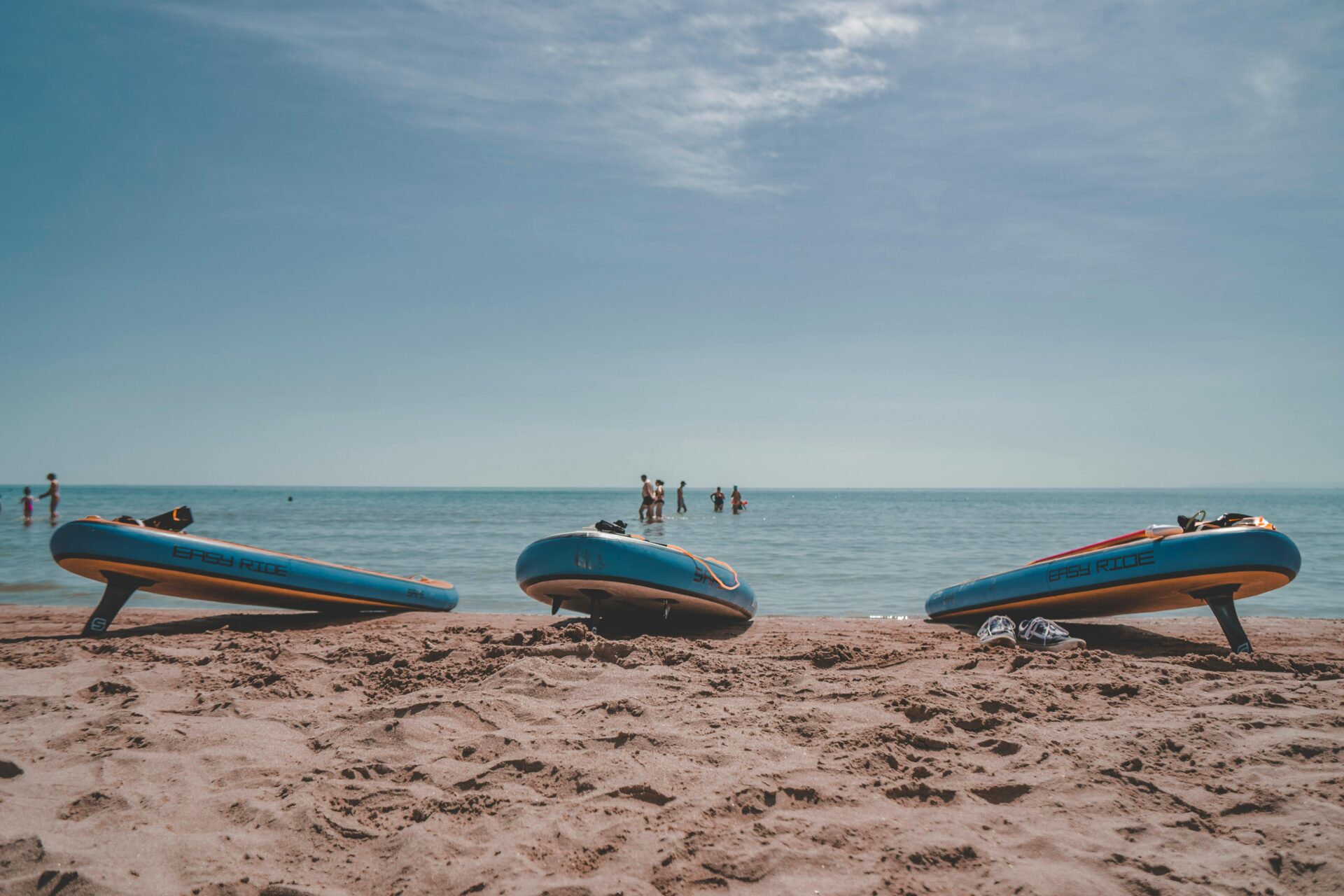
The coastal nature reserves protect dunes and wetlands vital for migratory birds. Punta Aderci Reserve offers spectacular cliff-top trails where I watched dolphins playing offshore—a magical experience at sunset.
What makes Abruzzo’s coastal parks unique is their accessibility. Unlike many protected coastal areas in Europe, these reserves balance conservation with sustainable tourism. Beach areas respect natural dune systems while allowing visitors to enjoy the crystal-clear waters.
A Journey Through Time: Abruzzo’s Rich History and Culture
Abruzzo’s story stretches from ancient Roman times to the present day, weaving together centuries of conquest, art, and resilience. The region’s dramatic landscapes have shaped a culture as rugged and authentic as its mountain peaks.
The Allure of Medieval Towns and Castles
Walking through Abruzzo’s medieval towns feels like stepping back in time. Stone pathways wind between ancient buildings that have stood for centuries. The fortress of Rocca Calascio, perched at 1,460 meters, took my breath away—both from the climb and its incredible views.

Santo Stefano di Sessanio might be my favorite discovery. This tiny medieval village with its stone houses and narrow alleys feels frozen in time. I spent hours wandering its cobblestone streets, touching walls that have witnessed centuries of history.
The region’s castles tell stories of power struggles and noble families. Many were built as defensive structures against invaders, while others served as homes for aristocratic families. Medieval architecture dominates the landscape, with thick stone walls and watchtowers that once protected local populations.
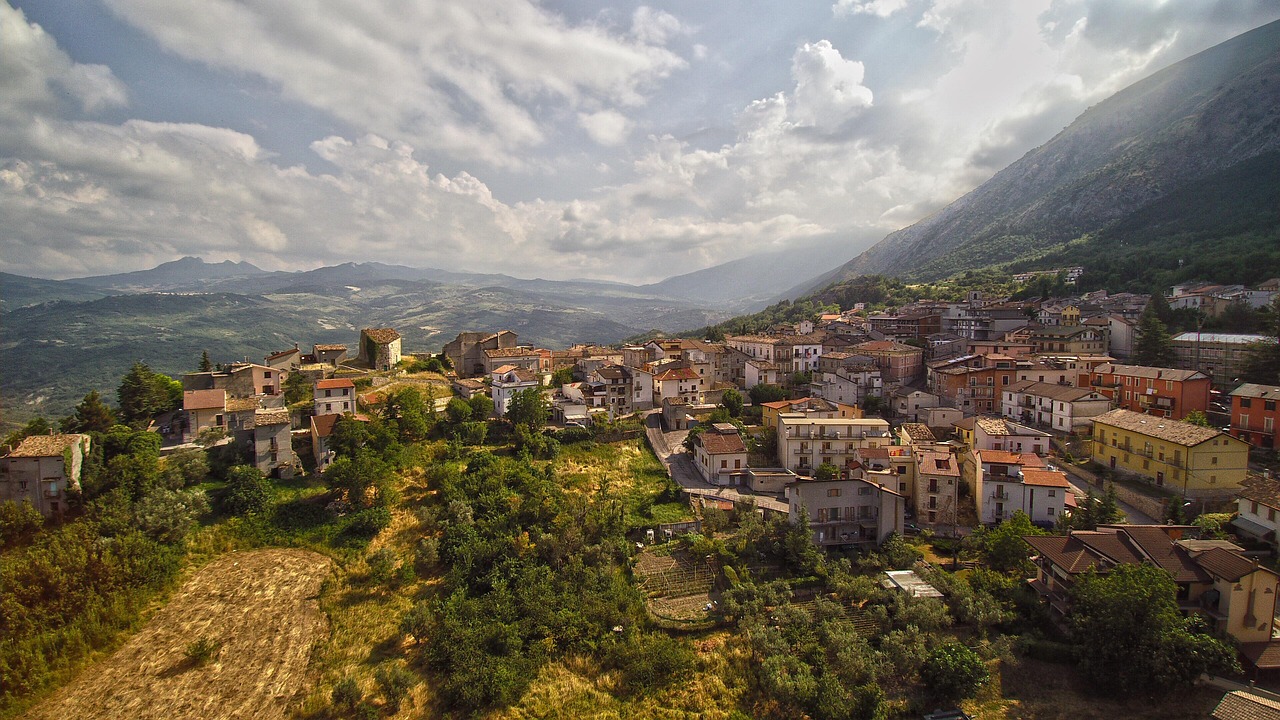
Pescara and L’Aquila: Cities of Renaissance and Recovery
Pescara offers a different side of Abruzzo—a modern coastal city with ancient roots. Its museums showcase the legacy of poet Gabriele D’Annunzio, born here in 1863. The city blends beach culture with historical significance.
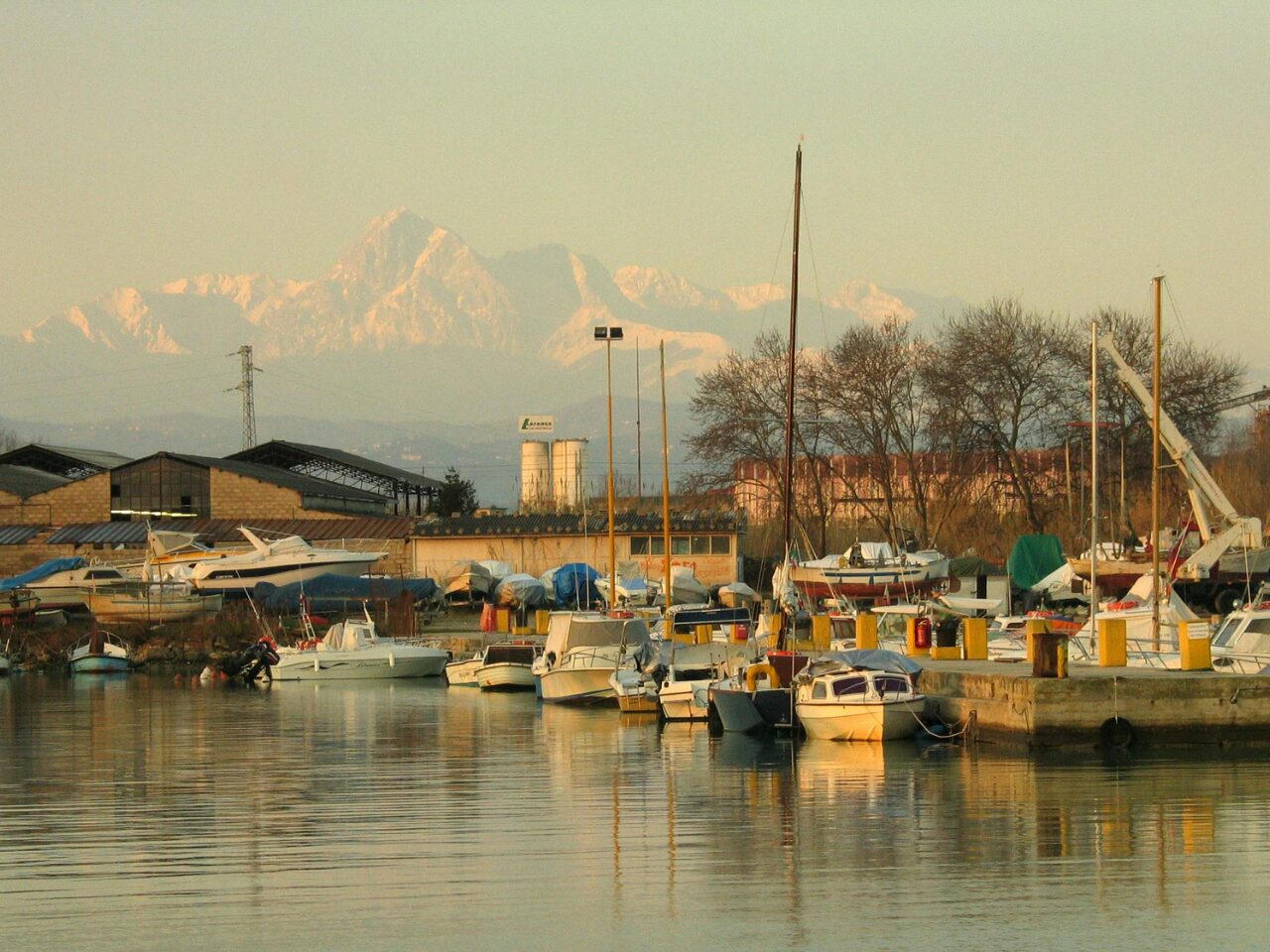
L’Aquila, the regional capital, bears scars from the devastating 2009 earthquake. I was moved by the ongoing restoration efforts. The Cathedral of San Giustino and the Spanish fortress stand as testaments to the city’s Renaissance glory.
What struck me most was the determination of locals to preserve their heritage. Renaissance influences are visible in the architecture, art collections, and urban planning of these cities. Each restoration project represents a community’s commitment to their cultural identity.
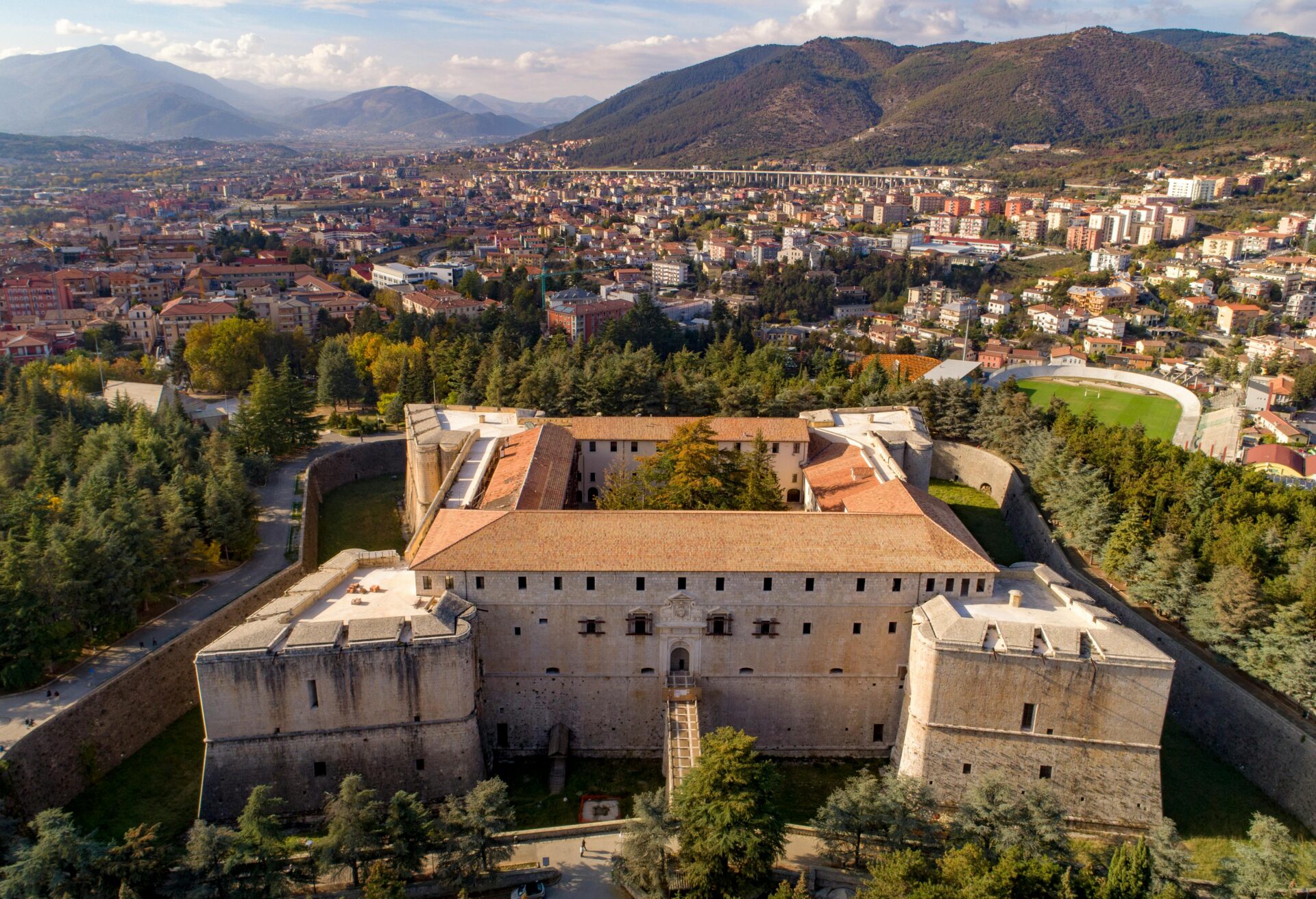
Traditions and Artistic Legacy of a Storied Land
Abruzzo’s artistic heritage runs deep. The region was home to the Roman poet Ovid, born in Sulmona in 43 BCE. His influence on Western literature cannot be overstated.
Local festivals reveal traditions that have survived for generations. I was lucky to witness the Perdonanza Celestiniana in L’Aquila, a celebration dating back to 1294. The colorful costumes and ceremonial processions captivated me.
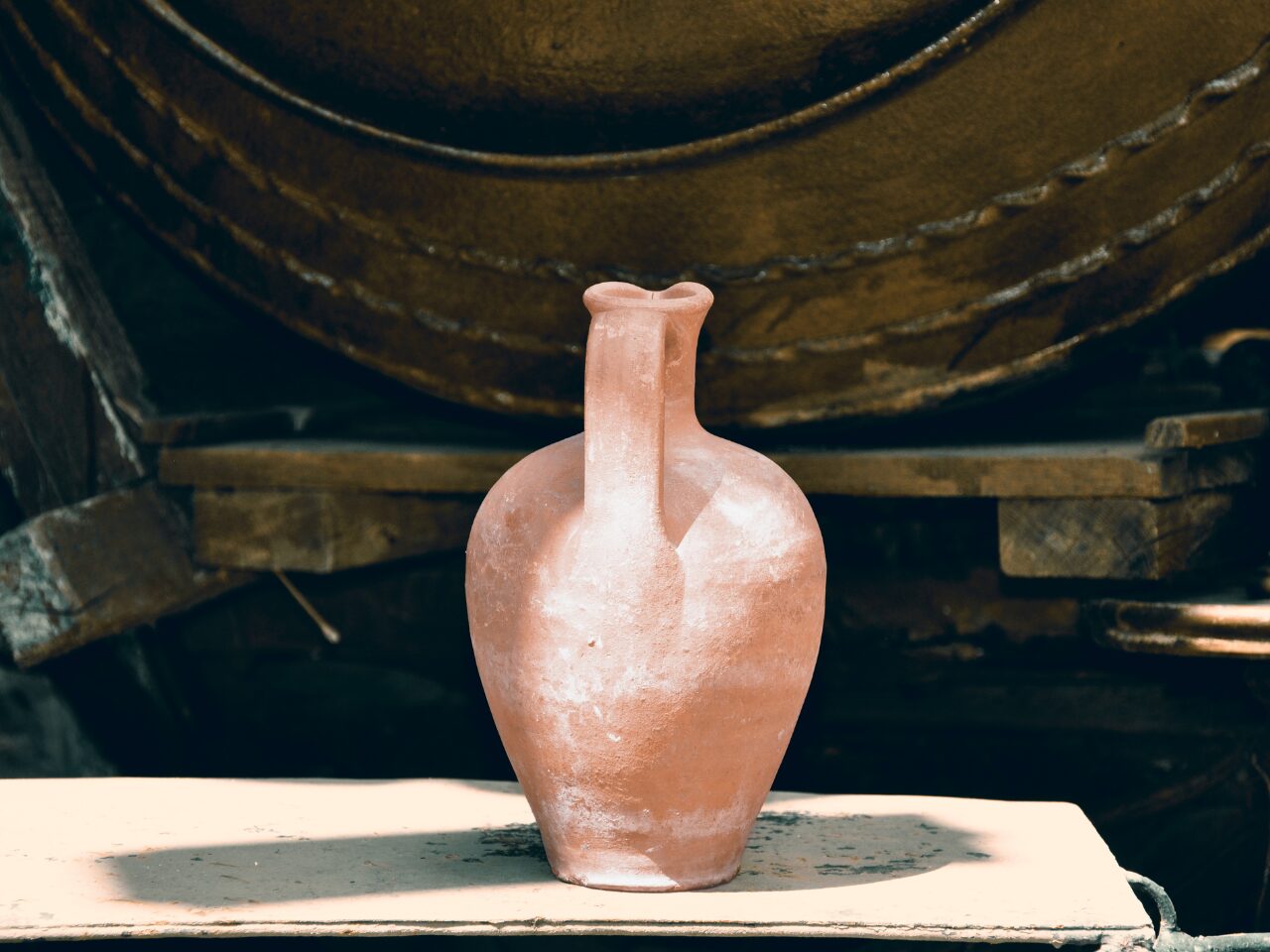
Craftsmanship thrives in Abruzzo. Artisans still create ceramics, lace, and jewelry using techniques passed down through families. In small workshops, I watched masters transform simple materials into works of art.
Food traditions tell their own story. Each dish—from arrosticini (lamb skewers) to confetti (sugared almonds)—connects to the region’s pastoral history and agricultural rhythms.

The Culinary Treasures of Abruzzo
Abruzzo’s cuisine reflects its diverse landscape, with dishes that celebrate both mountain traditions and coastal abundance. The region’s food tells a story of rustic simplicity and bold flavors that have remained authentic through generations.
From Pastures to Vineyards: A Taste of Local Flavors
When I visited Abruzzo, I discovered a treasure chest of flavors stretching from mountain to sea. The region’s culinary identity is firmly rooted in its pastoral traditions, with sheep farming playing a central role in local gastronomy.
Mountain dishes feature hearty sheep meat preparations and incredible cheeses like pecorino and ricotta. The high plateaus also produce saffron of exceptional quality, especially from the town of Navelli.
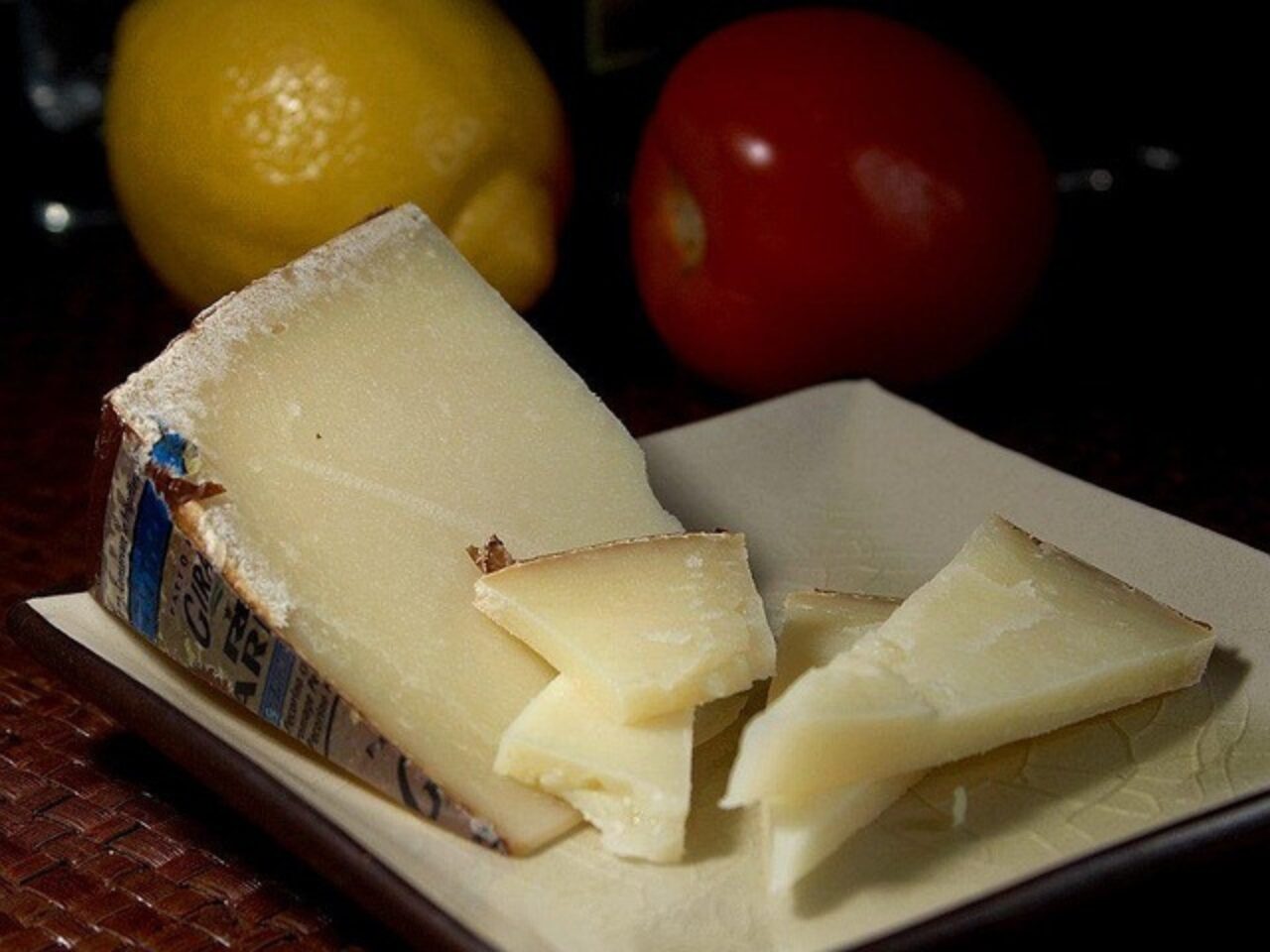
The region’s Montepulciano d’Abruzzo wine stole my heart. These robust reds come from vineyards that benefit from the unique microclimate created by the mountains and Adriatic Sea. Many family-run cellars welcome visitors for tastings that showcase generations of winemaking expertise.
Aromatic herbs from the mountains add depth to Abruzzo’s dishes, creating flavors that are simple yet unforgettable.

Pasta, Seafood, and Arrosticini: A Gastronomic Adventure
Abruzzo’s pasta traditions captivated me immediately. Spaghetti alla chitarra (or maccheroni alla chitarra) is made by pressing dough through a wooden frame strung with metal wires, creating square-cut pasta with a distinctive texture.
I couldn’t get enough of sagne e fagioli, a rustic pasta and bean soup that warms the soul. Along the coast, seafood dominates local menus with brodetto (fish stew) varying from town to town.
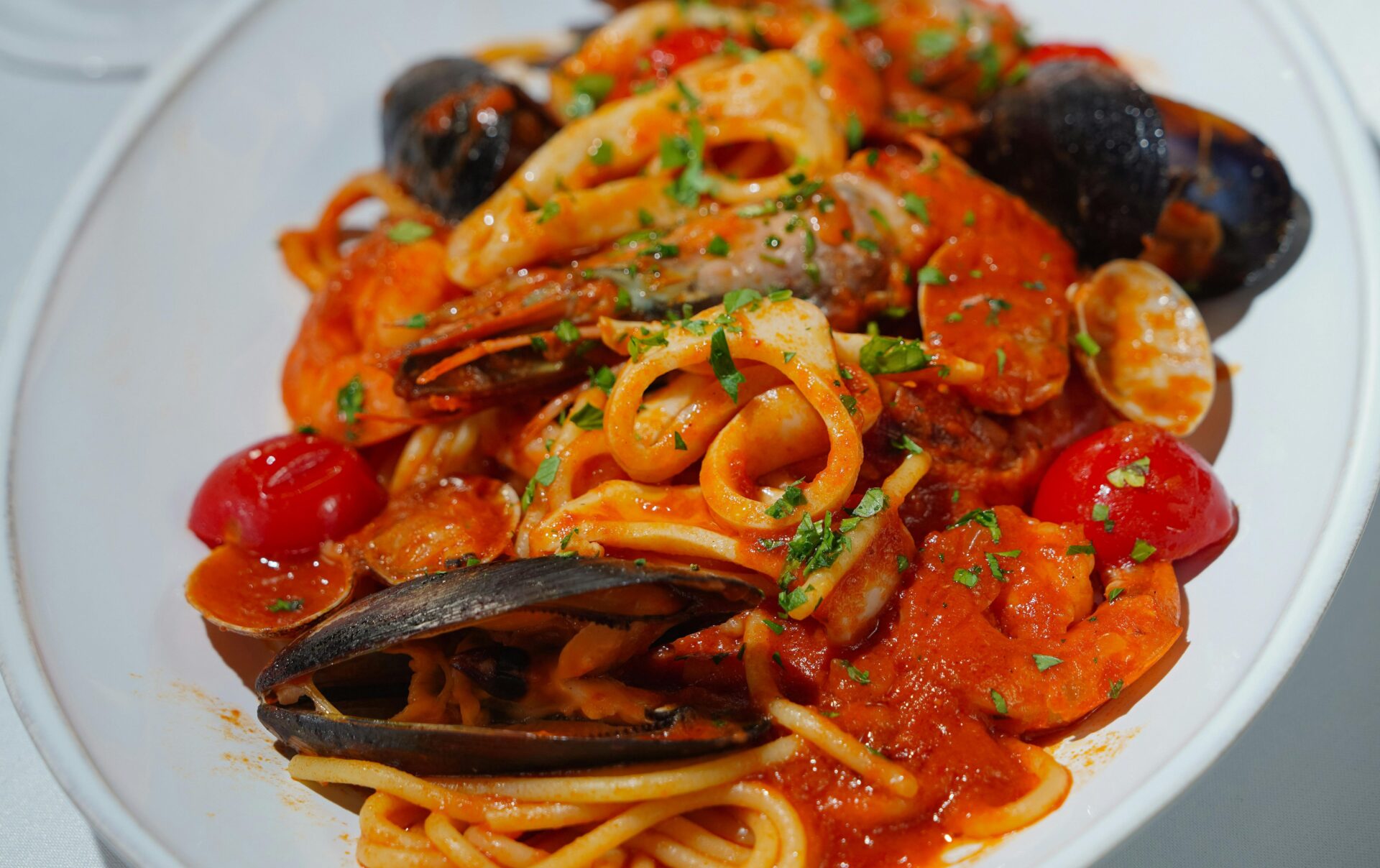
But the true revelation was arrosticini – skewers of tender cubed lamb cooked over open coals. These simple yet delicious treats are Abruzzo’s most beloved street food. I watched locals expertly grill them while sipping more Montepulciano.
The region’s food and wine pairings follow time-honored traditions. Fresh fish dishes along the coast complement crisp Trebbiano d’Abruzzo wines, while hearty mountain fare pairs perfectly with robust reds.
Outdoor Activities: Embracing Nature and Adventure
Abruzzo offers a perfect playground for outdoor enthusiasts with activities that span from the rugged mountains to the pristine coastline. I’ve found this region to be Italy’s best-kept secret for adventure seekers.
Hiking and Climbing: Trails of Discovery
The Gran Sasso National Park presents some of the most spectacular hiking opportunities in Italy. With over 150 marked trails, it caters to all difficulty levels. During my spring visit, I encountered stunning wildflower meadows and even spotted a rare Apennine chamois.

The Majella mountains offer excellent climbing routes that have tested my skills against limestone walls. For families, I recommend the gentler paths around Punta Aderici Regional Nature Reserve where coastal trails reveal hidden beaches.
What makes hiking here special is the connection to authentic Italian culture. I’ve often stopped at tiny mountain villages for local cheese and wine, making each trek a culinary journey too.
Skiing and Eco-Tourism: Winter and Beyond
Winter transforms Abruzzo into a skier’s paradise that rivals better-known destinations but with half the crowds. The resorts at Campo Imperatore and Roccaraso offer excellent slopes. I’ve enjoyed pristine powder without long lift lines.
For eco-conscious travelers, I’ve participated in wildlife tours to observe Abruzzo’s famous brown bears and wolves in their natural habitat. These guided excursions support local conservation efforts while providing unforgettable encounters.

Beyond winter, adventure parks near Villetta Barrea offer activities like ziplines through forest canopies, rafting on crystal-clear rivers, and canoeing along tranquil lakes.
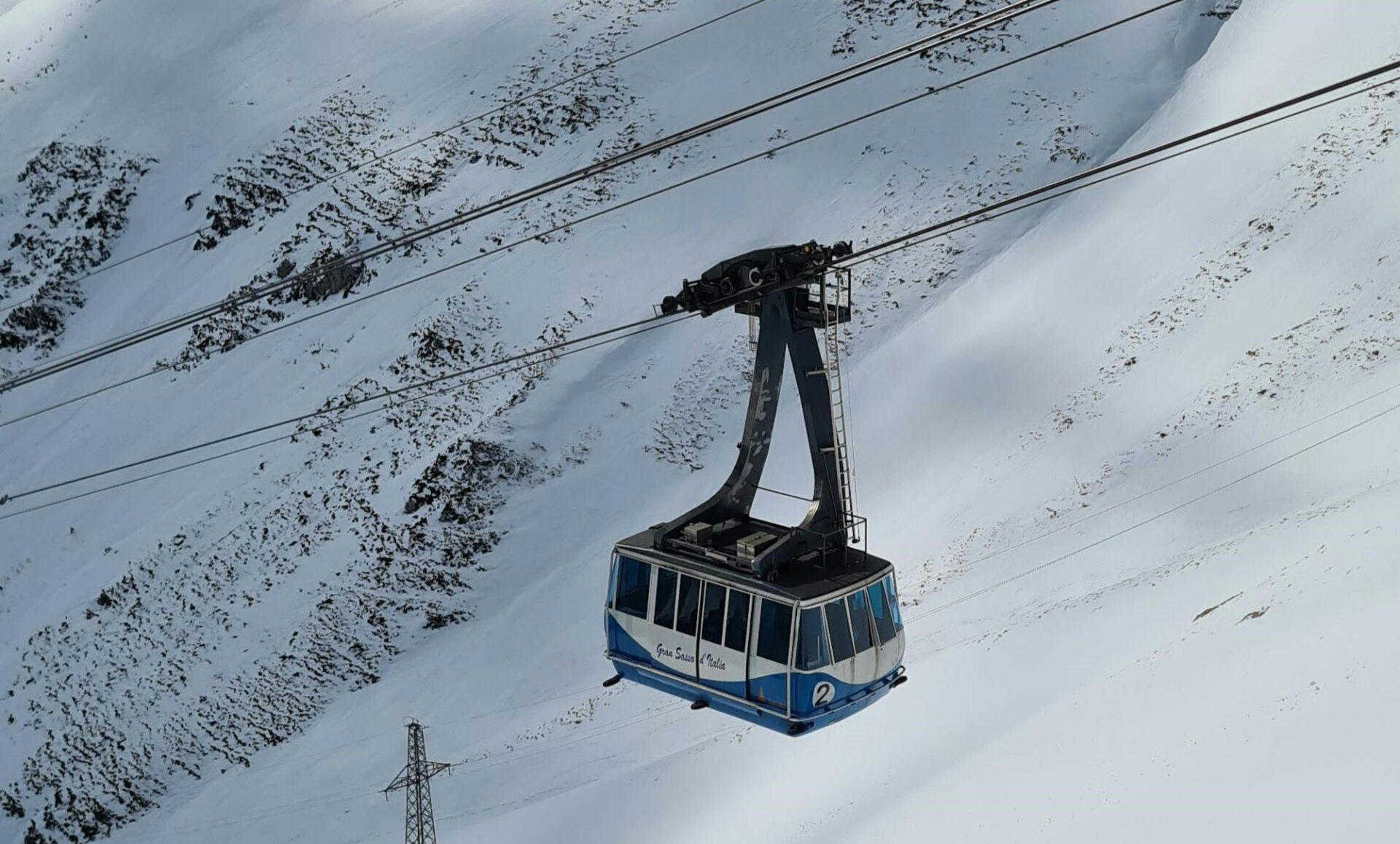
Many villages embrace the “albergo diffuso” concept. I’ve stayed in restored historic buildings scattered throughout town rather than in conventional hotels. This sustainable approach preserves local architecture while providing unique accommodations close to outdoor activities.

